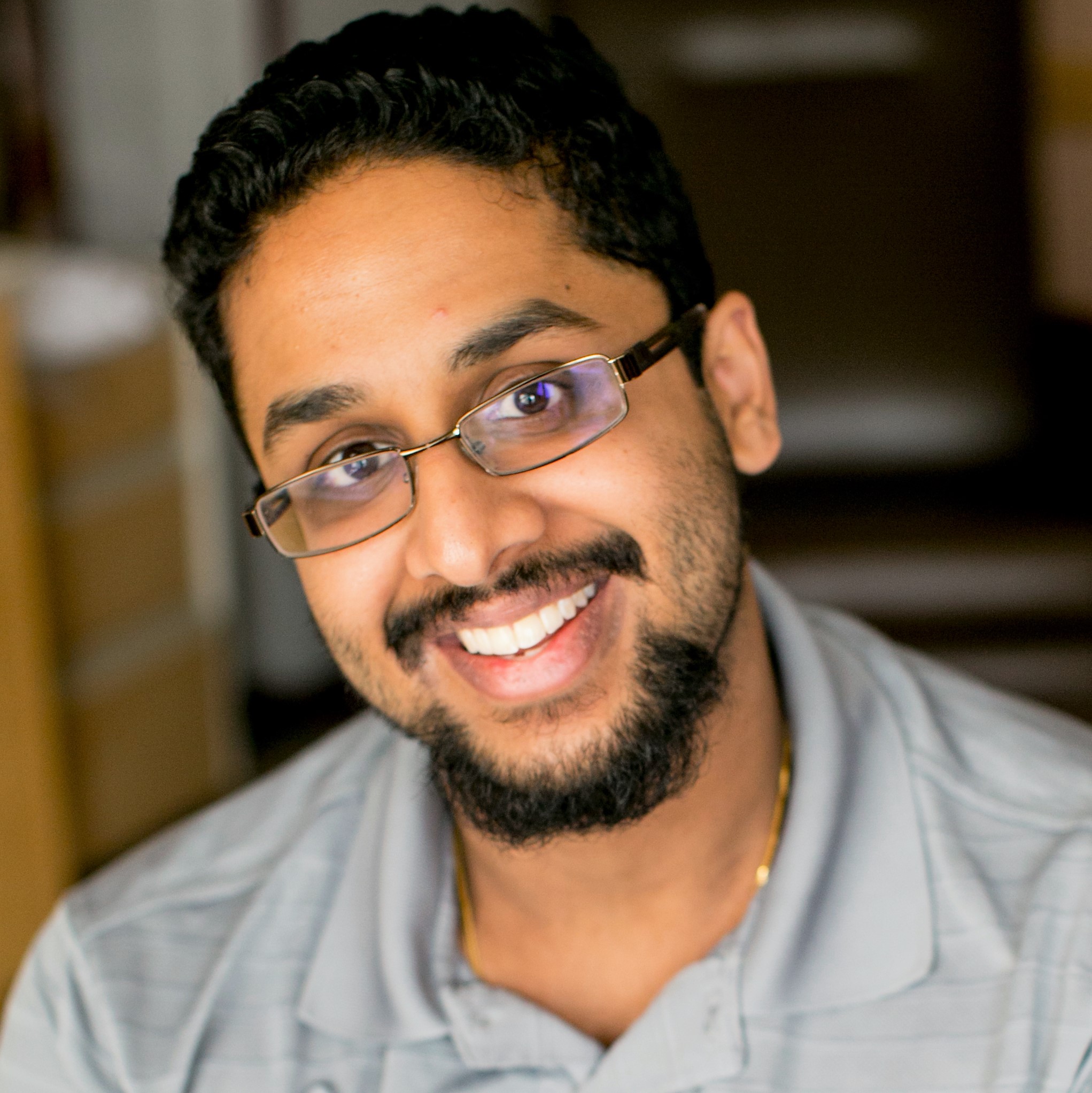
Reinventing Assessment
By Siva Sankrithi
School assessment activities most often feature class participation, engagement, quizzes, tests, projects, and papers. While each of these might cater to the strengths of certain types of students, I’ve found as an educator that more thoughtful forms of assessment can cater to all learners, offering both comfort and challenge simultaneously. By finding the right combination of formative assessment rooted in shared student experience and summative assessment that highlights several roles and regular collaboration, the sky can be the limit.
When shared experience is the formative foundation for learning, then student enjoyment, retention, and comprehension all increase. I fondly recall an experiential education conference I co-facilitated with the Independent School Experiential Education Network (ISEEN), where I took a group of math educators to the Wheelwright Museum of the American Indian in Santa Fe, NM. My only prompt was to estimate the size of the roof. Size is a deliberately loose term, but I wanted my “students” to share the experience of estimation and play with one another while enjoying the lovely museum. My plan was based on the Kolb Cycle, which is rooted in shared experience:
First I asked: “What did people notice about the roof?” Some noted its octagonal shape. Some noted it was shaped like a frustum, a pyramid with its top portion cut off. Others noted that it was built entirely of logs of the same size. Some local teachers noted all the logs were from downed trees in the Jemez mountains and had a radius of 1 foot. Then some people chimed in saying they had counted the logs. Others said they approximated the angle. And others said they paced the ground to estimate the number of feet at the base.
Watching my students reflect on the experience they’d just engaged in, and build ideas off one another, was truly spectacular to witness. I then split them into four groups of four. Each group had at least one person who had taken some numerical measurements. Each group had at least one person who happened to note the shape. Each group also had educators who taught different grade levels and approached ideas very differently.
Once the groups were formed, the natural assumption was that I was going to ask each group to find the volume and surface area of the roof. Instead, based on the collective wisdom of the group and a particularly astute question from a student, I revised the prompt to determine the fewest number of measurements needed to find the volume of the roof.
The conceptualization and experimentation that followed was remarkable. The geometry teachers immediately delved into geometry, the calculus teachers into calculus, the elementary and middle teachers into clever logical methodologies leading to algebraic techniques. Incredibly, every group found distinct methods with very few measurements needed, and the shared debrief thereafter was elucidating and epiphanous for everyone, myself included.
The following day, we had a roundtable reflection on the few hours we had spent at that museum. What fascinated me above all else was that every person said they fully engaged with the assessment, although all at different parts of the Kolb cycle.
Formative assessments like this one can make a tremendous impact in the lives of our students. Whether in a math classroom or any other, offering tangible real-world experience that’s fun and engaging will not only answer the age old question of “Why are we doing this?” but also serve as a carrot to foster good study thereafter.
Summative assessment rooted in group experience can even more thoughtfully assess student mastery. In my many years as a 9-12th-grade math teacher, group tests were my favorite form of summative assessment. After a unit—for example, probability in precalculus or linear inequalities in algebra—I’d have the entire class of 18 students take a single test together. I would also have a more traditional individual component, but I found that the group format could offer students significantly more challenging, cross-disciplinary, interesting, relevant problems—not only memorable but very useful for moving their learning forward.
A typical group test would be 75 minutes for five problems, and each class of 18 kids would turn in one solution to each problem at the end of class. From a grading standpoint, this also afforded the struggling students a bit of a buffer if their individual performances weren’t great and an added incentive for the top students to help their peers in need.
Truth be told, the dynamic in the classroom during those 75-minute group tests was the most electric I’ve ever seen in over a decade of teaching. Like with my formative assessments, I provided very little direction, except giving the students five problems and 75 minutes, expecting to collect one solution from the whole group for each problem. This afforded kids the opportunity to not only collectively showcase their mastery but also work in some challenging, high pressure group dynamics that would serve them very well in the future.
The most successful groups seemed to divvy up the work into five groups, three people per problem, and have three rovers not wedded to any of the problem scenarios. These rovers tended to be folks able to clearly articulate their thought processes verbally, quickly absorb whatever their peers were working on, and offer advice on how to maneuver around whatever roadblocks stood in their way. The more introverted in the group had an equally—if not more important—role, namely, clearly articulating their thoughts on paper in a cogent, comprehensive manner and, before that, thoughtfully determining the optimal framework for the solution.
The first five minutes of these group tests were truly incredible to watch. While some classes went in a mad scramble to start working, the most successful classes looked at all the problems and delegated based not only on areas of expertise but on making sure each and every group had people with different strengths: the creative, outside the box thinker who could initially ideate; the mechanically sharp problem-solver who could go through the mathematical motions efficiently; the comprehensive solution writer with keen attention to detail; as well as the verbal quick thinker to serve as rover.
What was beautiful about this was the kids arrived at these grand conclusions themselves, realizing through math problems that every style of learning is necessary and valuable in this group environment and to be successful, all styles must be utilized to the fullest. Of course, much like with formative assessments, we had time to reflect upon the experience the day after. I shared what other classes did, and we bounced ideas off one another discussing best practices and what could be improved.
Overall, we need to reinvent assessment to cater to all learners, offering the simultaneous comfort of a space where they can thrive in their own styles as well as the challenge of branching out and working with those who learn very differently. Utilizing formative assessment rooted in shared experience and summative assessment that thoughtfully embraces group dynamics, educators can reach all students and maximize student understanding and performance. Finally, affording students the opportunity to reflect upon the assessment experiences in which they’ve recently engaged is vital to success.












